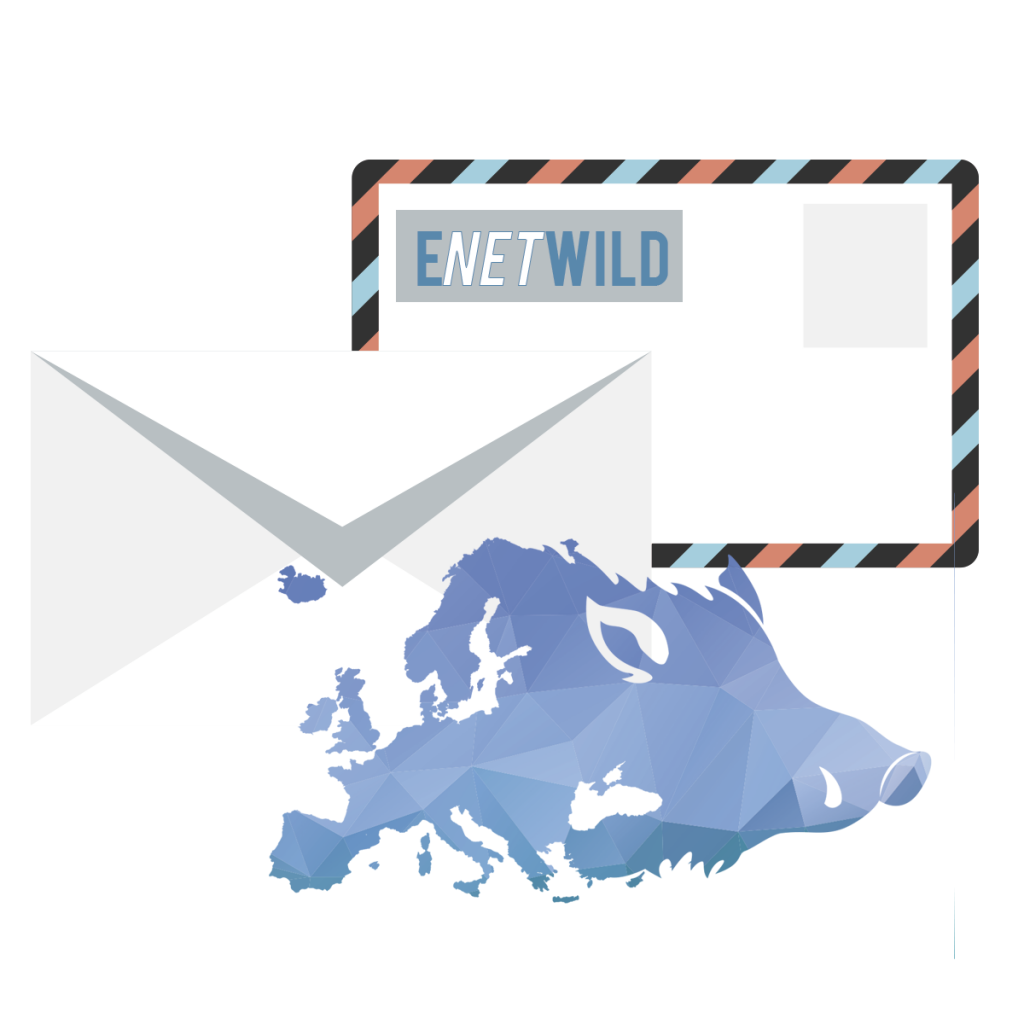Abstract
In October 2018 the ENETWILD consortium created suitability maps based on available data on wild boar occurrence at 10 km square resolution and initial version of abundance models based on hunting statistics at NUTS3 and NUTS2 resolution, that were statistically downscaled for MSs to 10×10 km grid squares. This report presents updated suitability map for wild boar presence based on additional occurrence data and new algorithms, and new models based on high‐resolution hunting yield data for MSs and neighbouring countries. New environmental variables closely associated with wild boar abundance and distribution were also included. Our results showed no consensus for a single best occurrence model: out of those tested, both Maxent and random forest could be considered the best options depending on the choice of assessment metric. Predictions from these models notably disagreed in eastern Europe where data on wild boar occurrence are limited. Despite agreement among models, predictions in the south appeared over‐predicted, most likely due to a lack of contrasting absence data. Whilst there remain some methodological adjustments which could be tested, substantial improvement in the prediction from occurrence models relies on further collection of wild boar occurrence data in the east and complimentary data on survey effort in the south.The predictive performance of the hunting yield model was high. Although the incorporation of new data at higher spatial resolution markedly improved predictions, such data is still needed in some regions, ideally coupled with hunting effort, which would allow such estimates to be transformed into reliable densities. Comparison between predictions from the occurrence and hunting yield models showed they were statistically associated, but the strength of that relationship was dependent on the type of occurrence model and the bioregion. These findings are compatible with previous interpretations of the occurrence model, and highlight the relevance of obtaining more accurate data, especially from northern and eastern bioregions in Europe.
In October 2018 the ENETWILD consortium created suitability maps based on available data on wild boar occurrence at 10 km square resolution and initial version of abundance models based on hunting statistics at NUTS3 and NUTS2 resolution, that were statistically downscaled for MSs to 10×10 km grid squares. This report presents updated suitability map for wild boar presence based on additional occurrence data and new algorithms, and new models based on high‐resolution hunting yield data for MSs and neighbouring countries. New environmental variables closely associated with wild boar abundance and distribution were also included. Our results showed no consensus for a single best occurrence model: out of those tested, both Maxent and random forest could be considered the best options depending on the choice of assessment metric. Predictions from these models notably disagreed in eastern Europe where data on wild boar occurrence are limited. Despite agreement among models, predictions in the south appeared over‐predicted, most likely due to a lack of contrasting absence data. Whilst there remain some methodological adjustments which could be tested, substantial improvement in the prediction from occurrence models relies on further collection of wild boar occurrence data in the east and complimentary data on survey effort in the south.The predictive performance of the hunting yield model was high. Although the incorporation of new data at higher spatial resolution markedly improved predictions, such data is still needed in some regions, ideally coupled with hunting effort, which would allow such estimates to be transformed into reliable densities. Comparison between predictions from the occurrence and hunting yield models showed they were statistically associated, but the strength of that relationship was dependent on the type of occurrence model and the bioregion. These findings are compatible with previous interpretations of the occurrence model, and highlight the relevance of obtaining more accurate data, especially from northern and eastern bioregions in Europe.
DOWNLOAD


